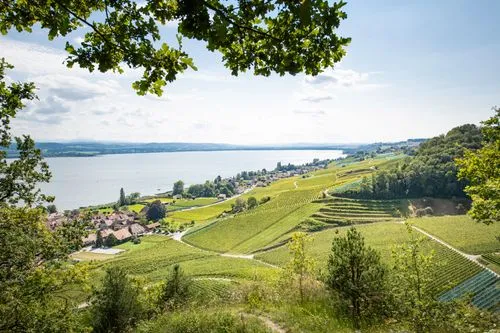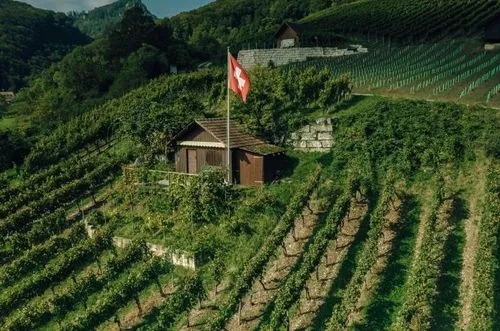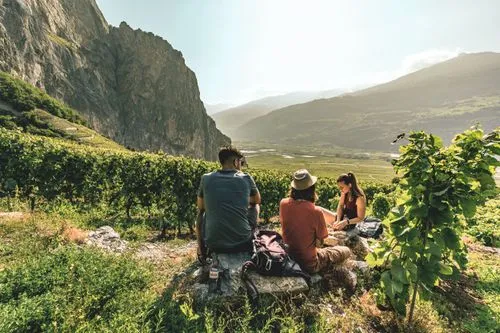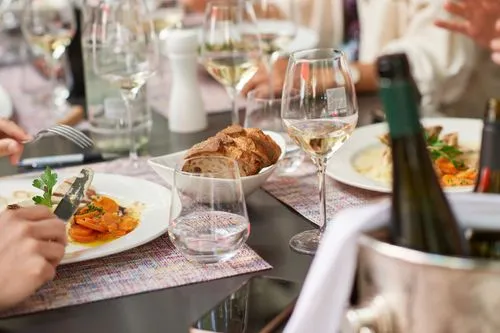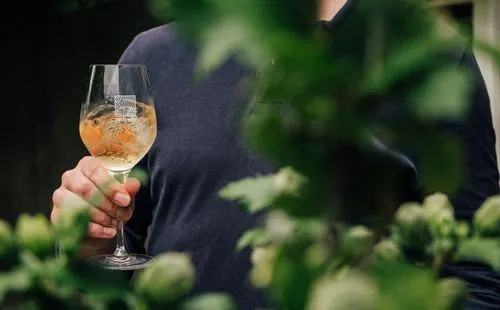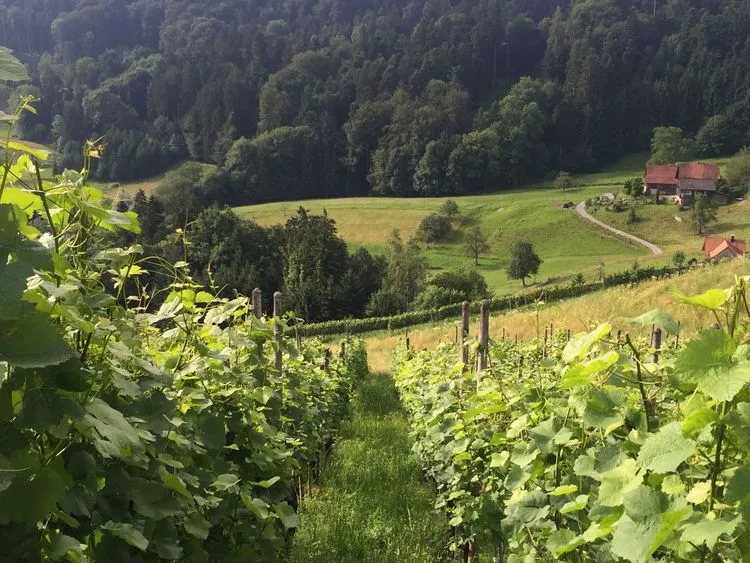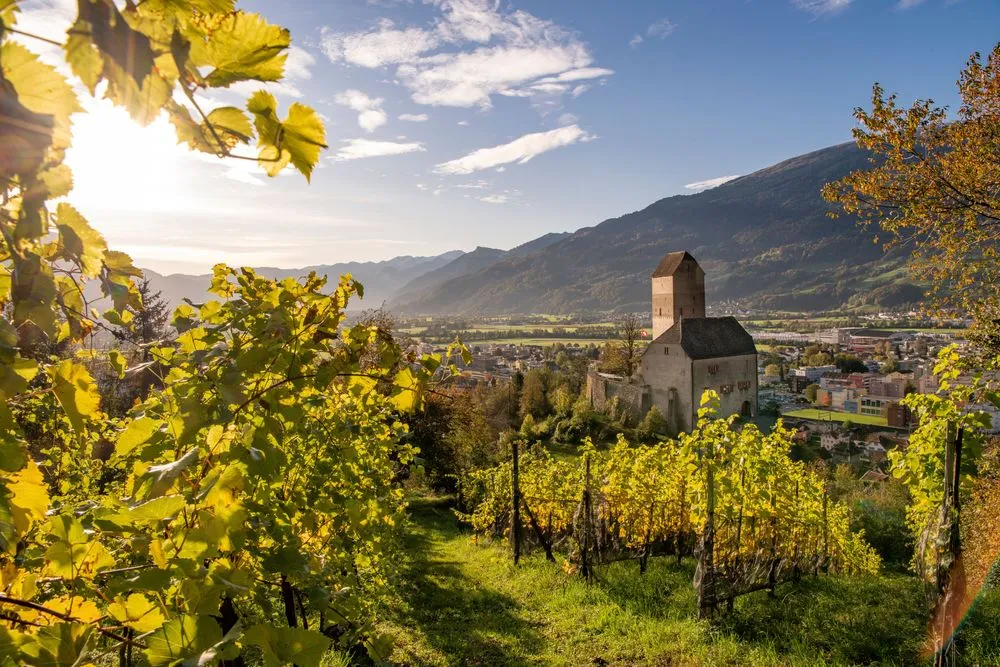Thanks to ample summer sunshine, the vineyards enjoy optimal growing conditions. The Föhn wind in the Rhine Valley and Sarganserland, along with the nearby Lake Constance in the southern Rhine Valley, also contribute to the favourable climate.
The poor soils force the vines to root deeply, resulting in lower yields but enhanced quality in Sankt Gallen wines. The primary varieties are Pinot Noir and Müller-Thurgau, complemented by a wide range of white and red specialty wines.
Winemaking in Sankt Gallen dates back to Roman times and was later promoted by monasteries and wealthy merchants. In the 19th century, the region suffered from vine diseases and the import of cheaper southern wines. However, in recent decades, viticulture in Sankt Gallen has been successfully revitalized. The canton of Sankt Gallen is divided into four wine-producing regions.
